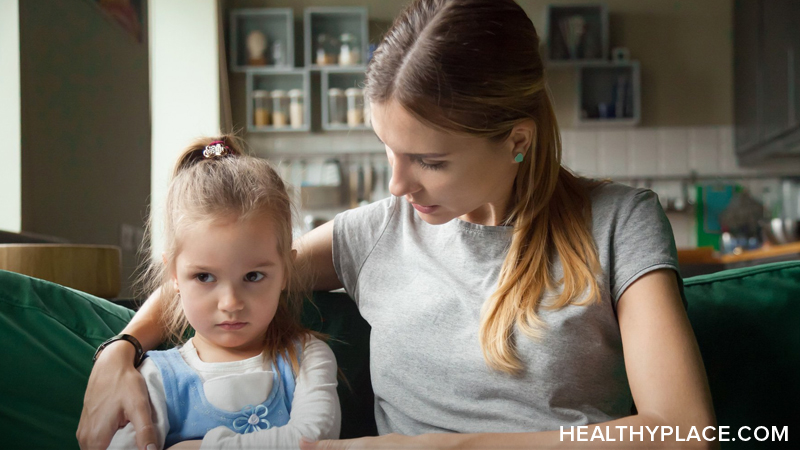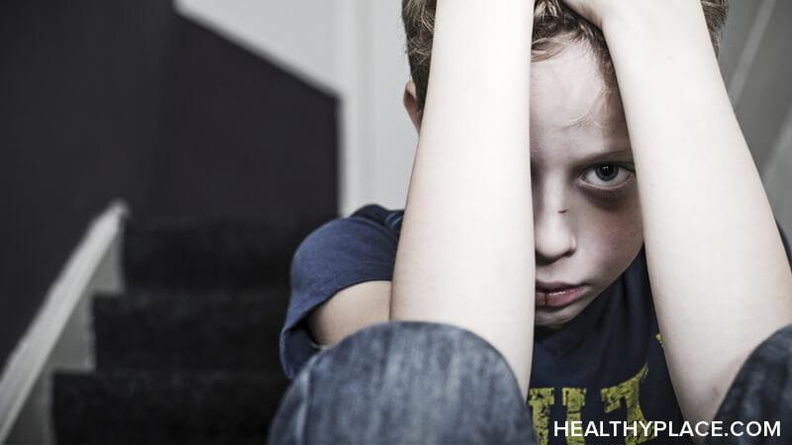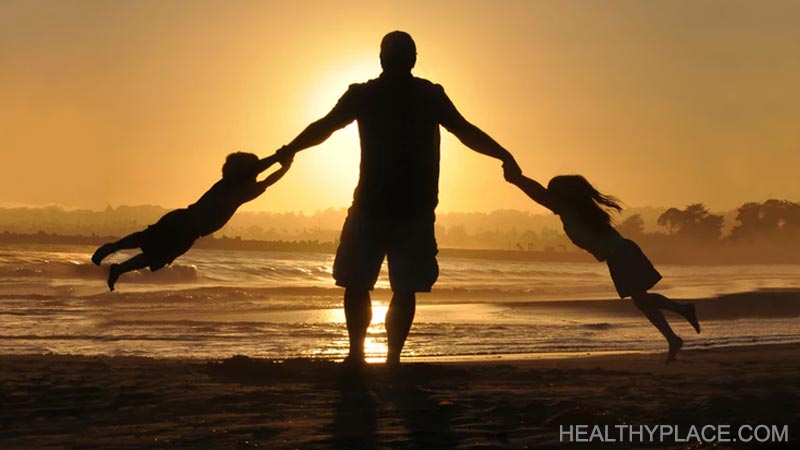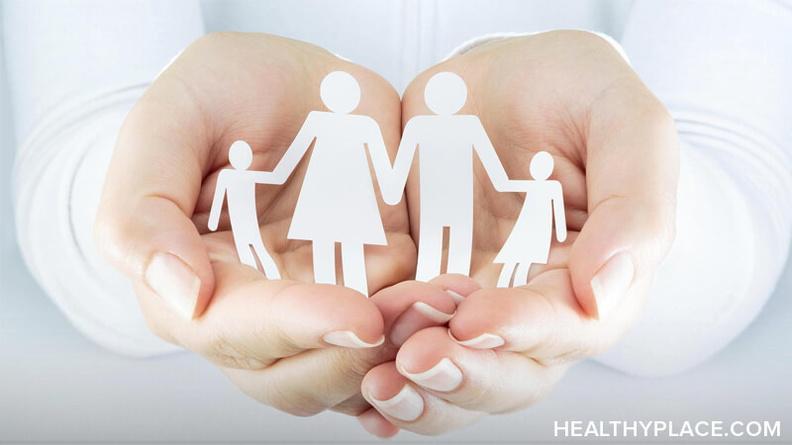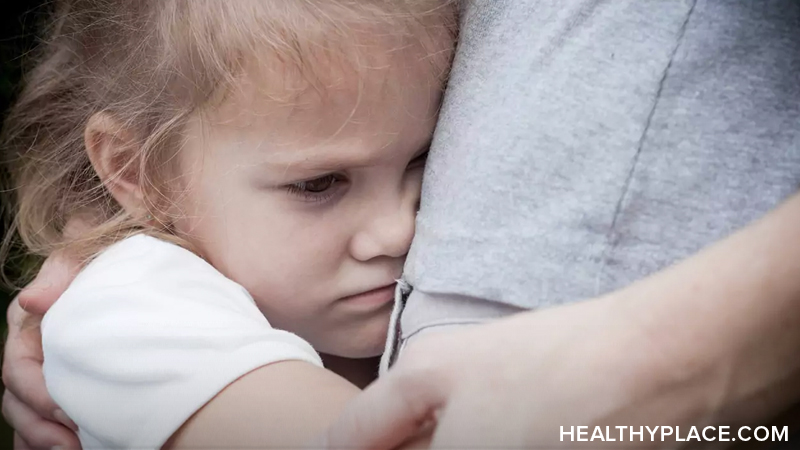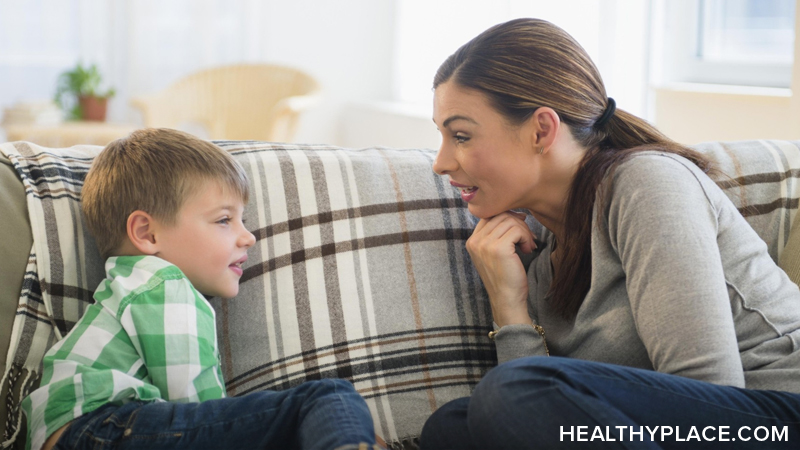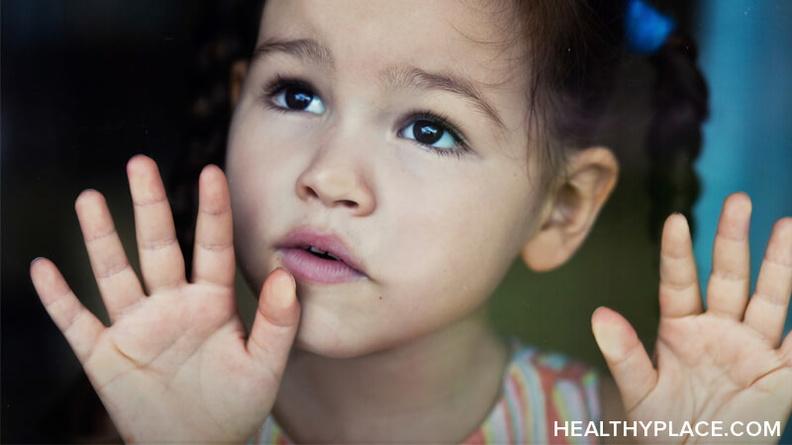Parenting Help Reference Article
Is There a Perfect Parenting Guide?
Alexander, J.J. & Sandahl, I. (n.d.). Better together: 10 essential parenting questions you’ve got to ask your partner. Motherly. Retrieved April 2019 from https://www.mother.ly/child/better-together-10-essential-parenting-questions-youve-got-to-ask-your-partner
Center for Parenting Education. Retrieved April 2019 from https://centerforparentingeducation.org/
Davis, J.L. (2004) 10 commandments of good parenting. WebMD. Retrieved April 2019 from https://www.webmd.com/parenting/features/10-commandments-good-parenting#1
Parent Toolkit. Retrieved April 2019 from https://www.parenttoolkit.com/
Parenting Resources: Organizations That Help Parents
Family Promise. Retrieved April 2019 from https://familypromise.org/
Financial assistance for single parents. (n.d.). Debt.org. Retrieved April 2019 from https://www.debt.org/advice/financial-assistance-for-single-parents/
HealthyChildren.Org. Powered by Pediatricians. Trusted by Parents. American Academy of Pediatrics. Retrieved April 2016 from https://www.healthychildren.org/English/Pages/default.aspx
How we LIFT: Investing in Parents. (n.d.) LIFT. Retrieved April 2019 from https://www.liftcommunities.org/why-lift/how-we-lift/
Parent Articles and Resources. (n.d..) National Education Association. Retrieved April 2019 from http://www.nea.org/home/ParentArticlesResources.html
Parenting. (n.d.). Zero to Three. Retrieved April 2019 from https://www.zerotothree.org/parenting
PBS Kids for Parents. Retrieved April2019 from https://www.pbs.org/parents
What is keep connected? (n.d.). Retrieved April 2019 from https://keepconnected.searchinstitute.org/
Welcome to the Center for Parenting Education. (n.d.). Center for Parenting Education. Retrieved April2019 from https://centerforparentingeducation.org/
‘Good Enough Parenting’ Has Its Time and Place
Good enough parenting. (2014). Child Protection Resource. Retrieved May, 2019 from http://childprotectionresource.online/category/good-enough-parenting-2/
.
Gray, P. (2015). The good enough parent is the best parent. Psychology Today. Retrieved May 2019 from https://www.psychologytoday.com/us/blog/freedom-learn/201512/the-good-enough-parent-is-the-best-parent
Hoghughi, M. (1998). Good enough parenting for all children—a strategy for a healthier society. Archives of Diseases of Childhood, 78(4). Retrieved May 2019 from https://adc.bmj.com/content/78/4/293#article-bottom
Lehigh University. (2019). ‘Good enough’ parenting is good enough, new research says. Medical X press. Retrieved May, 2019 from https://medicalxpress.com/news/2019-05-good-parenting.html
Naumburg, C. (n.d.). The gift of the good enough mother. Seleni. Retrieved May 2019 from https://www.seleni.org/advice-support/2018/3/14/the-gift-of-the-good-enough-mother
Pearlman, C. (n.d.). Why being a ‘good enough’ parent is better than being perfect. Brightly. Retrieved May 2019 from https://www.readbrightly.com/good-enough-parent-better-than-perfect/
Singal, J. (2015). The case for ‘good enough’ parenting. The Cut. Retrieved May 2019 from https://www.thecut.com/2015/12/case-for-good-enough-parenting.html
Should I Get Some Parenting Education Before the Baby Comes?
Birthing, breastfeeding, and parenting classes. (2019). Office on Women’s Health. Retrieved May 2019 from https://www.womenshealth.gov/pregnancy/getting-ready-baby/birthing-breastfeeding-and-parenting-classes
Howstuffworks.com Contributors. (n.d.). Where can you find parenting classes? HowStuffWorks. Retrieved May 2019 from https://lifestyle.howstuffworks.com/family/parenting/parenting-tips/find-parenting-classes.htm
Noeling-Gustafsson, A., Skaghammer, K., & Adolfsson, A. (2011). Expectant parents’ experiences of parental education within the antenatal health service. Psychology Research and Behavior Management, 4, 159-167. Retrieved May 2019 from https://www.ncbi.nlm.nih.gov/pmc/articles/PMC3255463/
Parent education. (2008). Programs for Parents. Retrieved May 2019 from https://www.childwelfare.gov/pubPDFs/parented.pdf
Parenting education programs. (n.d.). Child Welfare Information Gateway. Retrieved May 2019 from https://www.childwelfare.gov/topics/preventing/prevention-programs/parented/#top
Parent education to strengthen families and reduce the risk of maltreatment. (2019). Child Welfare Information Gallery. Retrieved May 2019 from https://www.childwelfare.gov/pubPDFs/parented.pdf
Pitts, J. (n.d.). How to find parenting classes. Health Guidance for Better Health. Retrieved May 2019 from https://www.healthguidance.org/entry/10889/1/how-to-find-parenting-classes.html
Parenting Support Groups and Online Forums: Do They Really Help?
Arky, B. (n.d.). How parent support groups can help. Child Mind Institute. Retrieved May 2019 from https://childmind.org/article/how-parent-support-groups-can-help/
Dillon Godson, B. (2014). Parent support programs and outcomes for children. Encyclopedia of Early Child Development. Retrieved May 2019 from http://www.child-encyclopedia.com/parenting-skills/according-experts/parent-support-programs-and-outcomes-children
Parent Coach or Counseling: Which is Best for You?
ACPI Parent Coach Mastery. (n.d.). Academy for Coaching Parents. Retrieved May 2019 from https://academyforcoachingparents.com/certified-parent-coach-training/
Benefits of a parenting coach. (n.d.). GITMom. Retrieved May 2019 from http://www.gitmom.com/benefits-parenting-coach/
Langham, R.Y. (2019). Parenting counseling. Therapy Tribe. Retrieved May 2019 from https://www.therapytribe.com/therapy/parenting-therapy/
Morin, A. (2019). What is a parenting coach and do I need one? Verywell family. Retrieved May 2019 from https://www.verywellfamily.com/what-is-a-parenting-coach-1094737
What is parent counseling: Overview, benefits, and expected results. (n.d.). Retrieved May 2019 from https://www.docdoc.com.sg/info/procedure/parenting-counseling/
Parenting Hacks That Take Some Stress Off Your Shoulders
Berman, M. (n.d.). 27 brilliant parenting hacks that will make life with kids just a little easier. Twenty- Two Words. Retrieved May 2019 from https://twentytwowords.com/27-amazing-parenting-hacks/
Cleroux, A. (n.d.). 50 top parenting tricks and hacks that will make your life easier and more fun. Lifehack. Retrieved May 2019 from https://www.lifehack.org/articles/lifestyle/50-top-parenting-tricks-and-hacks-that-will-make-life-easier-and-more-fun.html
G., V. (n.d.). 72 of the best parenting hacks ever. boredpanda. Retrieved May 2019 from https://www.boredpanda.com/parenting-hacks-tricks-tips/?utm_source=google&utm_medium=organic&utm_campaign=organic
Spohr, M. (2017). 100 genius hacks guaranteed to make a parent’s job easier. Buzzfeed. Retrieved May 2019 from https://www.buzzfeed.com/mikespohr/100-parenting-hacks-that-will-help-from-birth-through-the-da
Where Can I Get Quick Parenting Help?
Aunindita. (2016). Top 15 organizations that help new parents. Babygaga. Retrieved May 2019 from https://www.babygaga.com/top-15-organizations-that-help-new-parents/
Classes, courses, conferences and webinars. (2019). Love and Logic. Retrieved May 2019 from https://www.loveandlogic.com/classes-and-conferences
Do parenting classes work? (n.d.). Parenting Class. Retrieved May 2019 from http://parentclass.net/Do_parenting_classes_work.html
Essentials for parenting toddlers and preschoolers. (n.d.). Centers for Disease Control and Prevention. Retrieved May 2019 from https://www.cdc.gov/parents/essentials/communication/quicktips.html
Hardie-Williams, K. (2016).The importance of community support in raising children. Good Therapy. Retrieved May 2019 from https://www.goodtherapy.org/blog/importance-of-community-support-in-raising-children-0503165
Only parenting advice you really need. (n.d.). Real Simple. Retrieved May 2019 from https://www.realsimple.com/work-life/family/kids-parenting/only-parenting-advice-you-really-need
Our programs. (n.d.). Empowering Parents. Retrieved May 2019 from https://www.empoweringparents.com/shop/
Parenting 101. (n.d.). Child Development Institute. Retrieved May 2019 from https://childdevelopmentinfo.com/how-to-be-a-parent/parenting/#.XOMMZPZFzHk
Parenting advice and tips. (n.d.). Parents. Retrieved May 2019 from https://www.parents.com/parenting/better-parenting/advice/?page=1
Parenting education and support programs. (n.d.). Children’s Trust. Retrieved May 2019 from https://www.childrenstrustma.org/our-programs/parent-education-and-support-programs
Positive parenting conference. (2019). A Fine Parent. Retrieved May 2019 from https://afineparent.com/positive-parenting-conference
Solutions you want. Coaches you trust. Find a PCI certified parent coach. (n.d.). Parent Coaching Institute (PCI). Retrieved May 2019 from https://www.thepci.org/findcoach/
Trivette, C., & Dunst, C. (2014). Community-based parent support programs. Encyclopedia on Early Child Development. Retrieved May 2019 from http://www.child-encyclopedia.com/sites/default/files/textes-experts/en/654/community-based-parent-support-programs.pdf
Parenting Is Hard! How to Conquer Burnout and Exhaustion
Davis-Laack, P. (2013). Maxed out parents: 5 strategies to ease burnout. Psychology Today. Retrieved May 2019 from https://www.psychologytoday.com/us/blog/pressure-proof/201312/maxed-out-parents-5-strategies-ease-burnout
Roskam, I., Raes, M-E, & Mikolajczak, M. (2017). Exhausted parents: Development and preliminary validation of the parental burnout inventory. Frontiers in Psychology Journal. Retrieved May 2019 from https://www.frontiersin.org/articles/10.3389/fpsyg.2017.00163/full
Schiller, E. (n.d.). “I’m so exhausted”: 4 tips to combat parental burnout. Empowering Parents. Retrieved May 2019 from https://www.empoweringparents.com/article/im-so-exhausted-4-tips-to-combat-parental-burnout/
Wallace, K. (2017). Parental burnout: It’s really a thing. CNN. Retrieved May 2019 from https://www.cnn.com/2017/05/09/health/parenting-burnout-professional-burnout/index.html
Watts, S. (2017). Just like burnout at work, it’s possible to burn out on parenting. The Cut. Retrieved May 2019 from https://www.thecut.com/2017/04/just-like-at-work-its-possible-to-burn-out-on-parenting.html
APA Reference
Peterson, T.
(2022, January 11). Parenting Help Reference Article, HealthyPlace. Retrieved
on 2025, November 10 from https://www.healthyplace.com/parenting/parenting-help/parenting-help-reference-article

